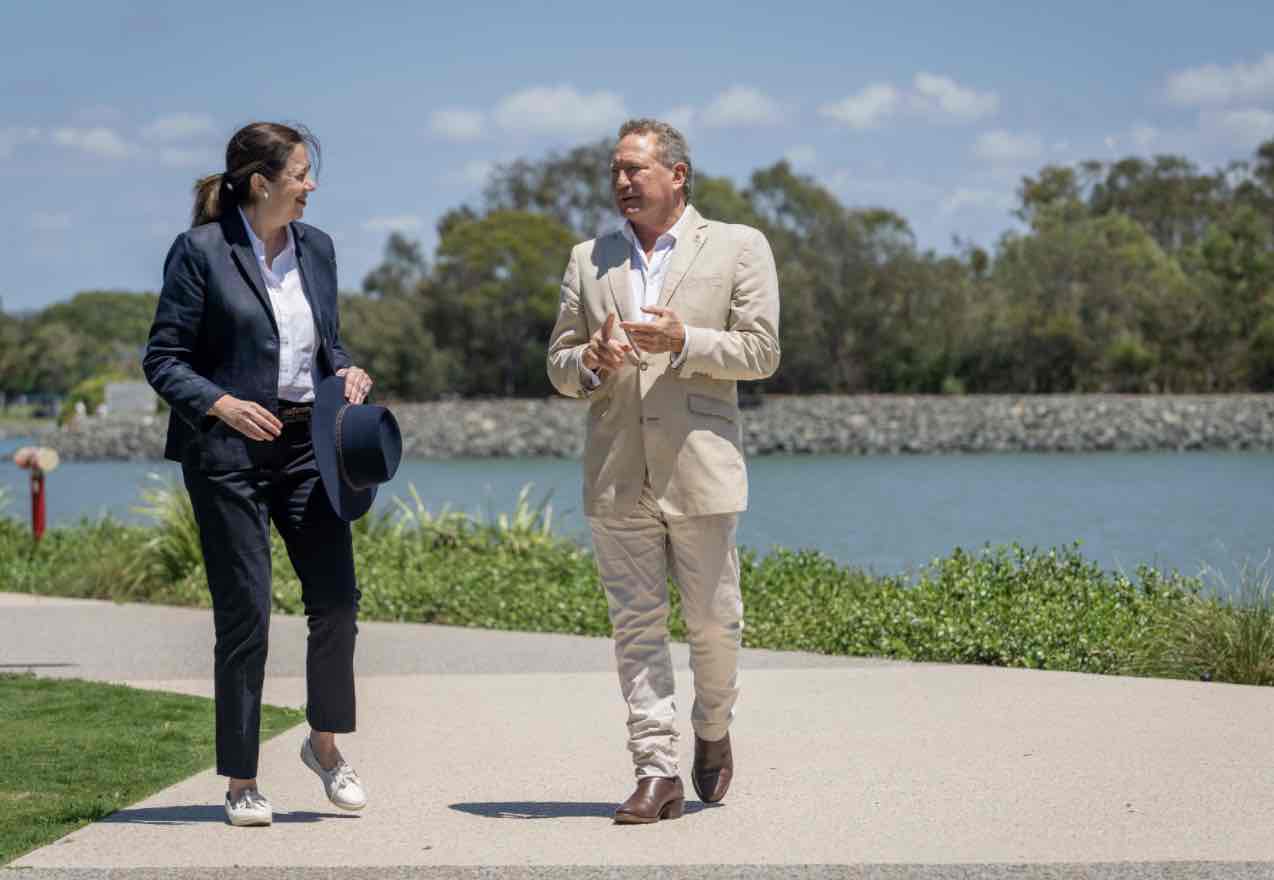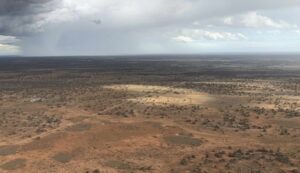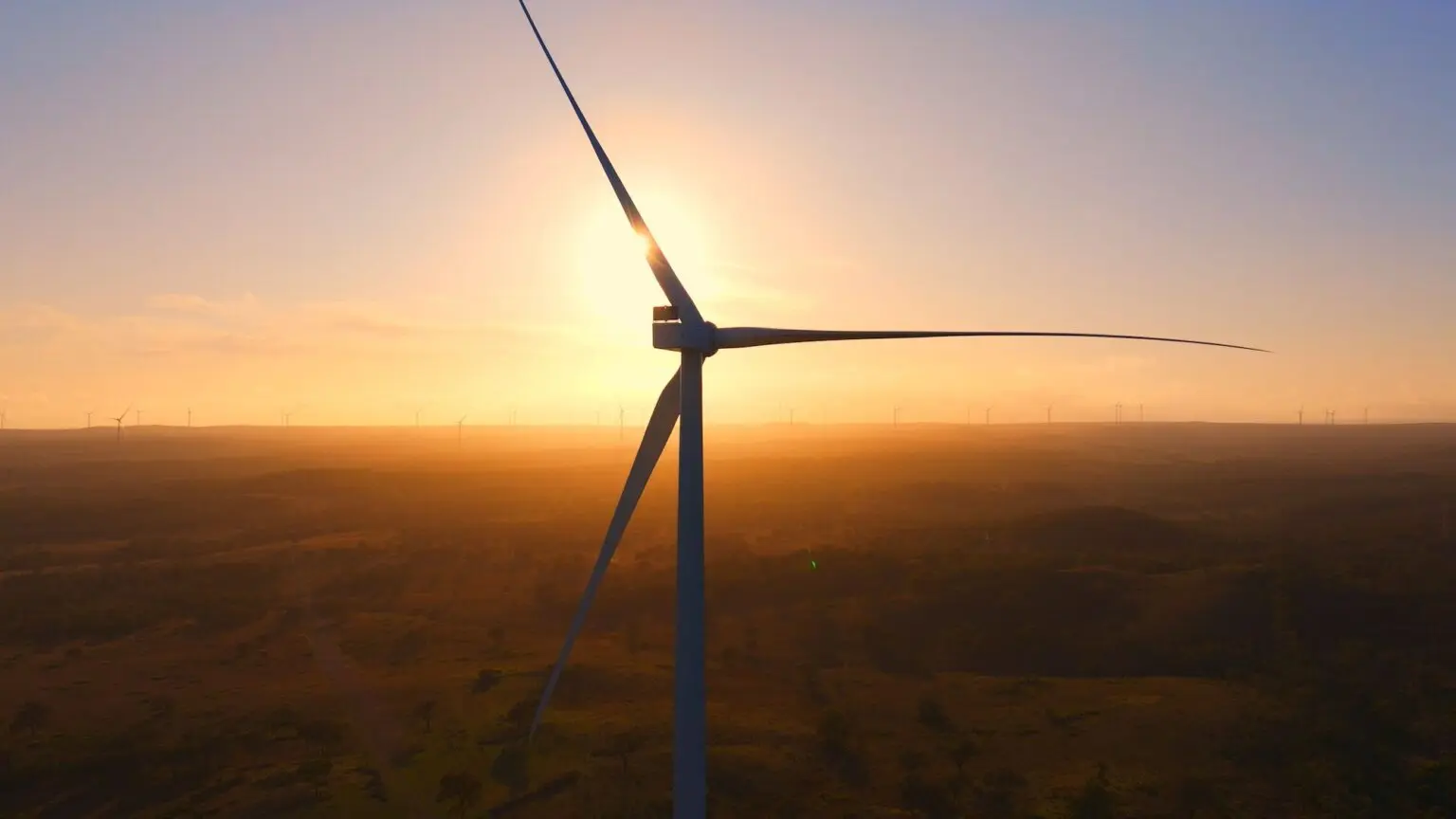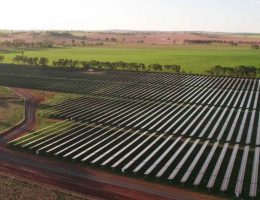Green energy company Fortescue Future Industries has revealed it has already received planning approval for what will be the world’s biggest factory for green hydrogen electrolysers, despite announcing plans for the Gladstone facility little more than a month ago.
Billionaire Andrew Forrest, the major shareholder in Fortescue and driver of the shift to green energy through FFI, announced his plans to build a Global Green Energy manufacturing centre, which may also include a gigawatt scale solar module factory and other production facilities, in early October.
Fortescue and the Queensland Government announced on Wednesday that planning approval had been granted for the facility, which will see an initial investment of $114 million, with construction to begin in February and the first electrolysers to be produced in 2023.
“Gladstone is going to be at the centre of Queensland’s green energy revolution with the first electrolysers scheduled to enter production in 2023,” said Dr Andrew Forrest, FFI chairman.
“This project will not only be a game-changer for green manufacturing in regional Queensland, it will also provide a major boost for the local economy and indelibly put Queensland as an epicentre of the coming green industry revolution.”
Fortescue has separately announced an MOU with the US-based Plug Power to use its technology and know-how in the production of electrolysers, and has also bought a majority stake in Dutch-based HyET, which makes thin film solar modules that Forrest also wants to produce.
“GEM’s electrolyser facility is a boost to Queensland’s growing credentials as a world leader in green hydrogen,” said Steven Miles, deputy Queensland premier and minister for state development.
“It will be the first facility in Australia able to make the multi-gigawatt-scale electrolysers used worldwide in hydrogen production.
“With initial capacity to manufacture up to two gigawatts (GW) of electrolysers annually, it will be the largest electrolyser factory in the world when it comes online in 2023.”
Forrest has made multiple announcements with governments and companies in recent weeks as he seeks to become a global hydrogen player, with plan to produce 15 million tonnes of green hydrogen by 2030, and 50 million tonnes at a later date.
That would require renewable energy projects with capacity in the hundreds of gigawatts to deliver.
Last week Forrest revealed that Fortescue is in the process of converting one of its supply ships to run on green ammonia, which is made from green hydrogen. Forrest also revealed that Fortescue was converting all its ships over to green ammonia “at the earliest possible opportunity, well within this decade.”
Forrest’s larger plans for Fortescue’s push towards green hydrogen is expected to cost more than $US100 billion, or around $A135 billion, but Forrest says it is vital to the company’s future.
“Not doing it will actually have a significant detriment on our profitability,” he told the FMG annual general meeting last week.
Fortescue Metals Group has set itself a carbon neutrality target of 2030 for its Scope 1 and 2 emissions and, just last month expanded its target to include net zero for its Scope 3 emissions by 2040.
The company will also aim to achieve a 50% reduction in the emissions intensity of the shipping of its ores by 2030 as well as cut emissions from its steel making by 7.5% by 2030 from current levels, and by 100% by 2040.










